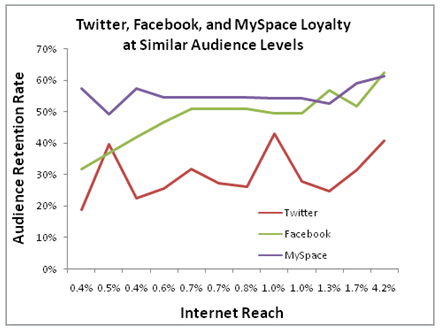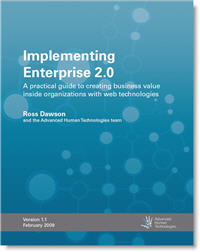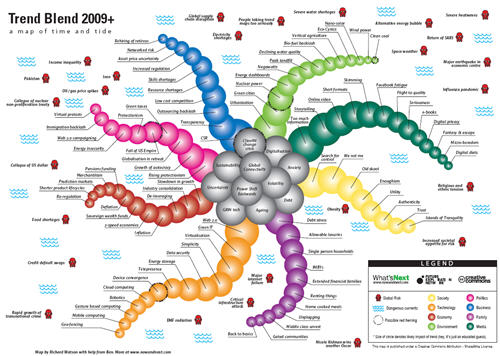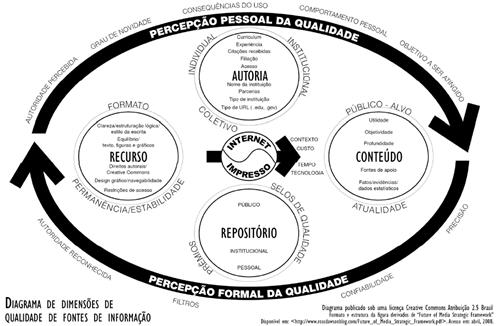Notes from The Power of Influence
The Power of Influence lunch was run earlier today. This was in fact the inaugural event of The Insight Exchange. The quality of the event and the feedback augur well for The Insight Exchange future’s, and particularly for the value it will create for participants. It was a highly interactive event, with deep content and great discussion.
Below are the notes I took during the event.
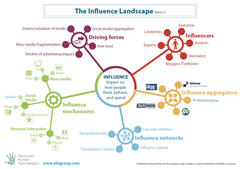
I initially presented the Influence Landscape framework we launched yesterday, after which the three panelists spoke and the event then progressed to a highly interactive discussion among all participants, from which I have taken a few notes as well.
BRIAN GIESEN – OGILVY PR
75% of people don’t believe that companies tell the truth in advertising.
In the US 81% look to word of mouth (WOM) for decisions.
Trust in media Editorial is 56%.

